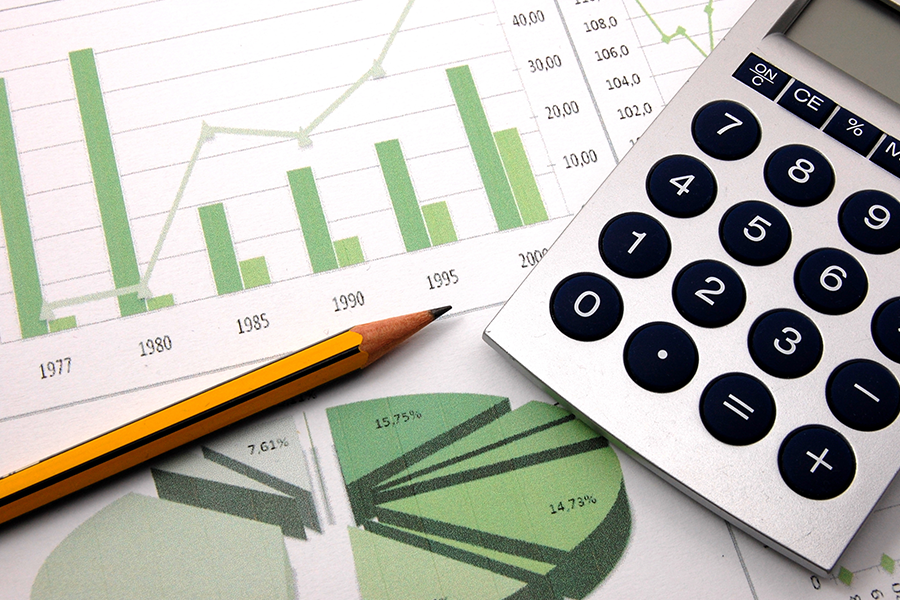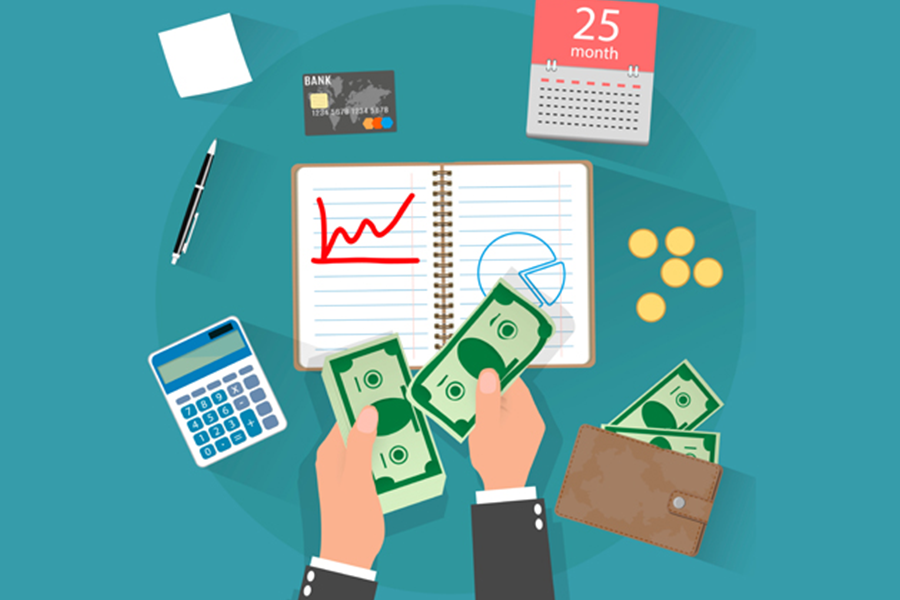Allison Bethell
Expertise:
- Real Estate Investing
Experience:
Allison Bethell specializes in Real Estate Investment. Allison has fixed and flipped over 100 properties, including residential and commercial properties. She is a licensed real estate broker in Florida. She graduated from Villanova University with a B.A. in Business and Sociology. When Allison isn’t involved in real estate or writing, she loves to travel and has been to all seven continents. She resides in the Miami Beach area with her husband and dog.

